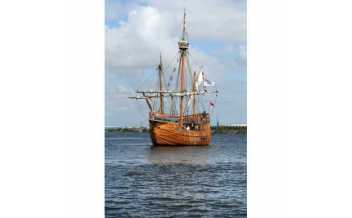Activities
-
-
Avon Valley Railway, Bristol
The AVR is a three-mile-long heritage railway line, part of the now mostly...
-
Blaise Castle Estate, Bristol
The castle is a folly, built in 1766. The site has been occupied since the...
-
Charles Wesley's House, Bristol
Home to Charles Wesley, hymn writer and co-founder of Methodism, between 1756...
-
Clifton Observatory, Bristol
Clifton Observatory is a former mill, now used as an observatory. The...
-
Glenside Museum, Stapleton
Glenside was opened in 1861 as a lunatic asylum, serving over 1000 patients a...
-
-
Red Lodge Museum, Bristol
The Red Lodge is a historic house museum, which would have served as an...
-
Royal West of England Academy, Bristol
The Royal West of England Academy was Bristol’s first art gallery.
-
SS Great Britain, Bristol
Climb aboard the most extraordinary time machine. Brunel's SS Great Britain,...
-
The George Müller Museum, Bristol
The George Müller Museum celebrates the incredible story of George Müller,...
-
The Matthew (ship), Bristol
The Matthew is a replica of a caravel sailed by John Cabot from Bristol to...
-
-
-
University of Bristol Botanic Garden, Bristol
The Garden in Stoke Bishop has 4,500 species of plants, displayed in...
-
We the Curious, Bristol
We the Curious is a science and arts centre which aims to create a positive...





















